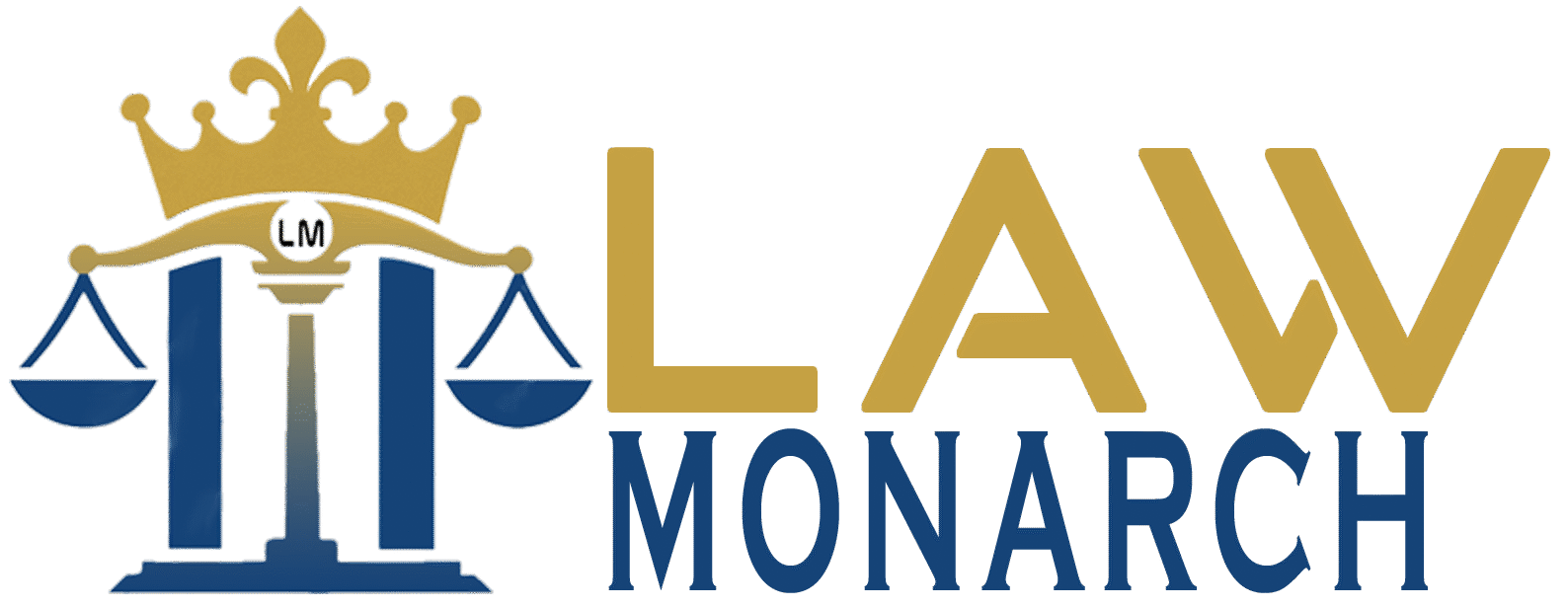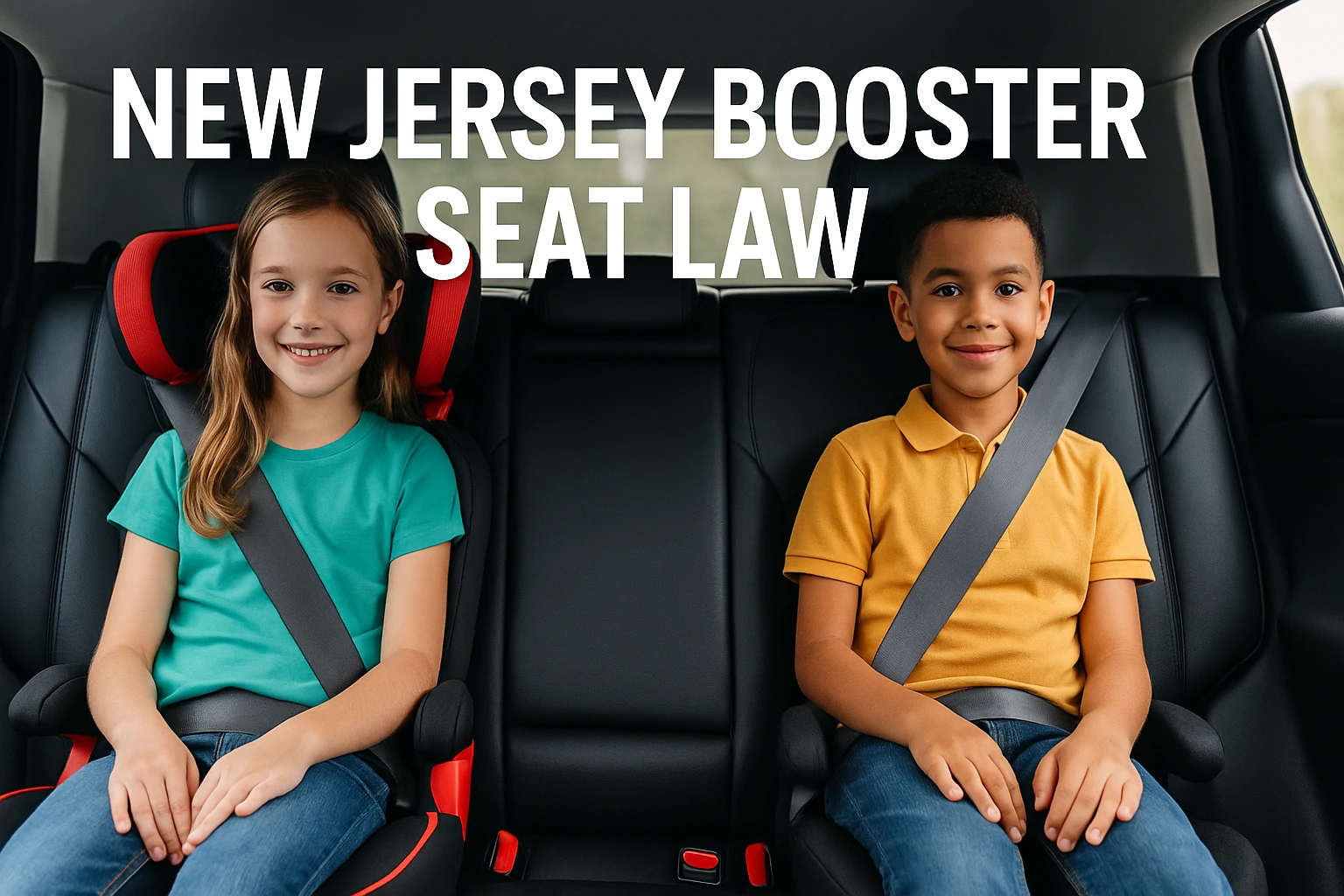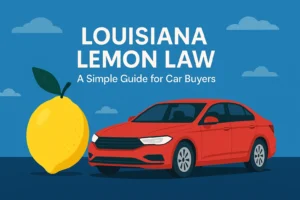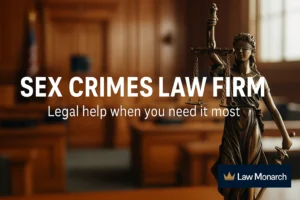Car seats and booster seats keep children safe in cars. In New Jersey, the law tells parents when to use each type of seat. The law also explains when a child can start using a regular seat belt.
Many parents feel confused about these rules. Some don’t know when to change from one seat to another. Others are not sure if their child is big enough for a seat belt. This article explains the New Jersey booster seat law in simple steps.
Using the wrong seat can be dangerous. It can also lead to tickets and fines. But most of all, it can put your child at risk during a crash. Every parent wants their child to be safe. This law helps make that possible.
This guide gives you everything you need to know. It explains the types of seats, the age and height rules, where to place the seat, and what happens if you don’t follow the law.
What the Law Says About Booster Seats
New Jersey changed its booster seat law in 2015. The law explains which seat to use based on a child’s age, height, and weight. It helps parents keep their children safe as they grow.
A child under 2 must sit in a rear-facing seat with a 5-point harness. The child must stay in this seat until they weigh 30 pounds or more. After turning 2 and reaching that weight, they must move to a forward-facing seat with a harness. They must keep using this seat until they weigh at least 40 pounds.
At age 4 and over 40 pounds, the child must start using a booster seat. This seat lifts the child so the seat belt fits better. The lap belt must lie across the upper legs. The shoulder belt must rest across the middle of the chest and not touch the neck.
A child can stop using a booster seat when they are 8 years old and at least 57 inches tall. Both age and height must match. If not, the booster seat is still required. These steps help lower the risk of injury and make sure the seat belt does its job.
Rear-Facing Seats for Babies and Toddlers
Rear-facing seats are best for small children. They protect the head, neck, and spine. In a crash, this type of seat spreads out the force, so the child gets less harm.
New Jersey law says every child under age 2 must ride rear-facing. They must stay in this seat until they weigh at least 30 pounds.
Always place this seat in the back of the car. Never put it in the front. If an airbag opens, it can hurt or kill a child in a rear-facing seat.
Check your car seat instructions. Make sure the straps are snug. The seat should not move more than an inch in any direction.
Forward-Facing Seats for Ages 2 to 4
After age 2 and 30 pounds, the child can move to a forward-facing seat. This seat also has a 5-point harness. It keeps the child safe and steady during a crash.
Children must use this seat until age 4 or until they weigh 40 pounds.
Place this seat in the back of the car. Make sure it is tight and the straps are even with the child’s shoulders. A loose seat can move too much in a crash and fail to protect the child.
Booster Seats for Ages 4 to 8
Once the child turns 4 and weighs more than 40 pounds, you can use a booster seat. This seat lifts the child higher so the seat belt fits them the right way.
The lap belt should lie across the child’s upper legs, not the stomach. The shoulder belt should cross the chest and stay off the neck.
There are two kinds of booster seats. One has a high back for more support. The other is backless and works best if the car has headrests.
The child must stay in a booster seat until they are at least 8 years old and at least 57 inches tall. If the child is tall but not 8, they still need the booster. If they are 8 but not tall enough, they also must keep using it.
Regular Seat Belts After Age 8
When a child turns 8 and reaches 57 inches tall, they can stop using a booster seat. But they should still ride in the back seat until age 13. The back seat is safer in most crashes.
Before using only a seat belt, check the fit. The lap belt must sit low on the hips. The shoulder belt must go across the chest and not touch the neck or face.
If the belt does not fit right, the child should go back to a booster seat. A wrong fit can cause injury during an accident.
Where to Put the Seat
Always place child seats in the back of the car. It is the safest spot. New Jersey law says children under age 8 must ride in the back seat when possible.
If your car has no back seat, or the back seats are full of other children, you may use the front seat. But you must turn off the airbag if the child is in a rear-facing seat.
Never place a rear-facing seat in front of an active airbag. This can cause serious harm to your child.
What Happens If You Break the Law
If you do not follow the booster seat law, you may get a ticket. The fine in New Jersey is $50 to $75. The officer may also stop your car and ask questions if they see a child riding without the proper seat.
But money is not the only reason to follow the law. The biggest reason is safety. A child without the right seat is much more likely to get hurt in a crash.
Breaking the law can also raise your insurance costs. Some companies increase your rate after a violation. State law time limits may also affect how long you have to respond after a ticket. This makes it more important to follow rules and stay prepared.
Exceptions to the Law
There are a few exceptions. If your child has a medical issue and cannot use a regular car seat, your doctor can write a note. You must carry this note in the car.
Taxis, school buses, and public transport vehicles do not have to follow the booster seat law. But it is still safer to use a car seat or booster when possible.
Parents can carry a booster in the trunk and use it in taxis or rentals. Many booster seats are small, light, and easy to move.
Tips to Keep Your Child Safe
Knowing the law is not enough. You must also use good safety habits.
Check that the seat matches your child’s weight and height. Follow the car seat manual. Always place the seat in the back, away from airbags. Make sure the seat does not move around.
Check for recalls or damage. Never use a broken or expired seat. You can also register your car seat with the maker. They will let you know if there are problems or updates.
If you are not sure the seat is installed right, visit a car seat check event. Many police stations or hospitals offer free help from trained workers.
Conclusion
Booster seats help protect children when seat belts alone are not enough. New Jersey law tells parents exactly when and how to use each type of seat. These rules help keep your child safe on the road.
From rear-facing to booster to regular belt, each step has a purpose. Do not rush the process. Use each seat until your child is truly ready for the next one.
Follow the law. Use the right seat. Place it in the back. Keep your child safe every time you drive. Your choices can save a life.




